|
|
Lumpsey ironstone mine, dating from 1895 (date as given on the image); one of the three mines associated with Brotton and immediate area. It was established in c.1882 and run by Bell Brothers Ltd. With shafts about 180 metres deep and in 1890 it was noted that drilling machines, worked by hydraulic power were being used in the mine. The mine employed 140 men and boys and produced around 3,000 tons of ironstone per week; by 1921 Lumpsey employed 480 people (340 working below ground, and 130 on the surface). In 1923 ownership of the mine passed to Dorman Long Ltd; the mine closed in 1954, bringing to an end the long history of ironstone mining in Brotton.
Image courtesy of several collections; Derick Pearson, David Linton and Pem Holliday. Additional information courtesy of Simon Chapman and East Clevelands Industrial Heartland.
A lovely photograph of the mine, but I think it may be a postcard. Someone has cropped the card (not guilty) but part of Geo. Skilbeck’s name can still be seen. Derick Pearson observed: “I think this image has been tampered with or someone has made a grave mistake which I am sure George Skilbeck would have had something to say about. The photograph has the name as Geo. Silbeck, missing the K. Very unusual at that time as they were particular and I doubt they would have printed many before that would have been spotted. If it is an original and correct as we see it, then it is well worth keeping hold of.”
Image courtesy of Cleveland Ironstone Mining Museum, thanks to Derick Pearson for the update
Now the fan falls into disrepair as the mine is no longer working.
Image courtesy of Cleveland Ironstone mining museum.
A view of Palmers ironstone loading staithes at Port Mulgrave, with a boat either just berthing or about to depart (judging by the smoking chimney stack!) from the jetty. Bill Danby advised: “This is another shot of the jetty at Port Mulgrave. If you look at the photograph entitled “Port Mulgrave” with boats waiting to be loaded, you can see the structure of the jetty is the same and in fact this is virtually the same scene taken from another angle.”
Image courtesy of Maurice Grayson and thanks to Bill Danby for the update.
A different photograph of the mine showing the ’buckets’ taking the shale to the tip behind the mine. The ironstone went to the works via the shaft for North Loftus mine (the head gear was inside the works). This image is probably dated c. 1930.
Image courtesy of Cleveland Ironstone Mining Museum, thanks to Eric Johnson for additional information.
Although it says Bell Brothers Brownlee Colliery on the side of this ambulance, it is housed at the mining museum at Skinningrove. If I remember rightly it was restored by some apprentices at the I.C.I. at Wilton. Another memory recall is that the body of a rescued man was put in in a certain way, one way he was alive and another way he was dead, but which way was it?
Image courtesy Cleveland Ironstone Mining Museum.
Simon Chapman advises the Archive: “This was the ventilating fan at Lumpsey mine. It was installed in 1925 and made by the Waddle Fan Engineering Co. of Llanelli in South Wales. After working until 1964 it was left to decay until somebody stole it.”
Image courtesy of Cleveland Ironstone Mining Museum, thanks to Simon Chapman for the update.
When this photograph arrived to the Archive it was believed to be of the ironstone bunkers at Port Mulgrave. This was confirmed by Simon Chapman who explained: ”This was a fire at Port Mulgrave about 1911. You can see it has burnt out the engine room and boilers for the rope haulage system through the tunnel to Dalehouse, exposing a section through one of the bunkers for loading ironstone into ships in the harbour. The big mound of ironstone to the right was usually built up when sea conditions prevented ships docking and taking normal shipments away. The damage was later repaired and the harbour got back to normal operations.”
Image courtesy of Cleveland Ironstone Mining Museum and Maurice Grayson; also many thanks to Simon Chapman for the supporting information.
A view of Port Mulgrave with the boats waiting to be loaded with ironstone; the number of vessels in the harbour gives a fair impression as to how busy it was.
Image courtesy of Maurice Grayson.
A different view of Duckhole pit taken from Carlin How.
Image courtesy of Cleveland Ironstone Mining Museum.
|
|
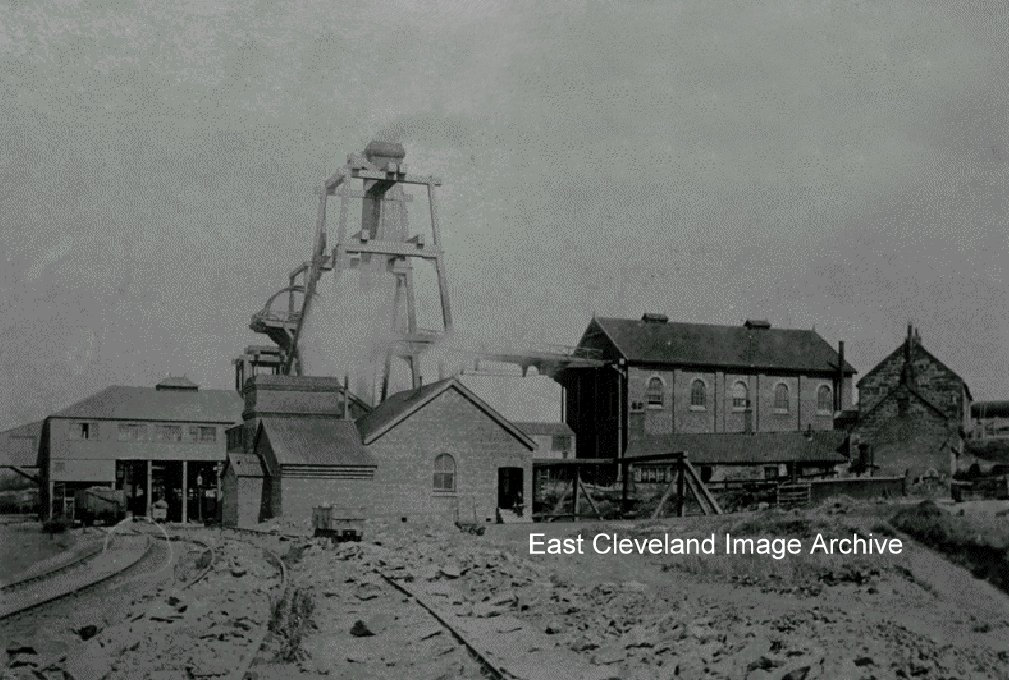
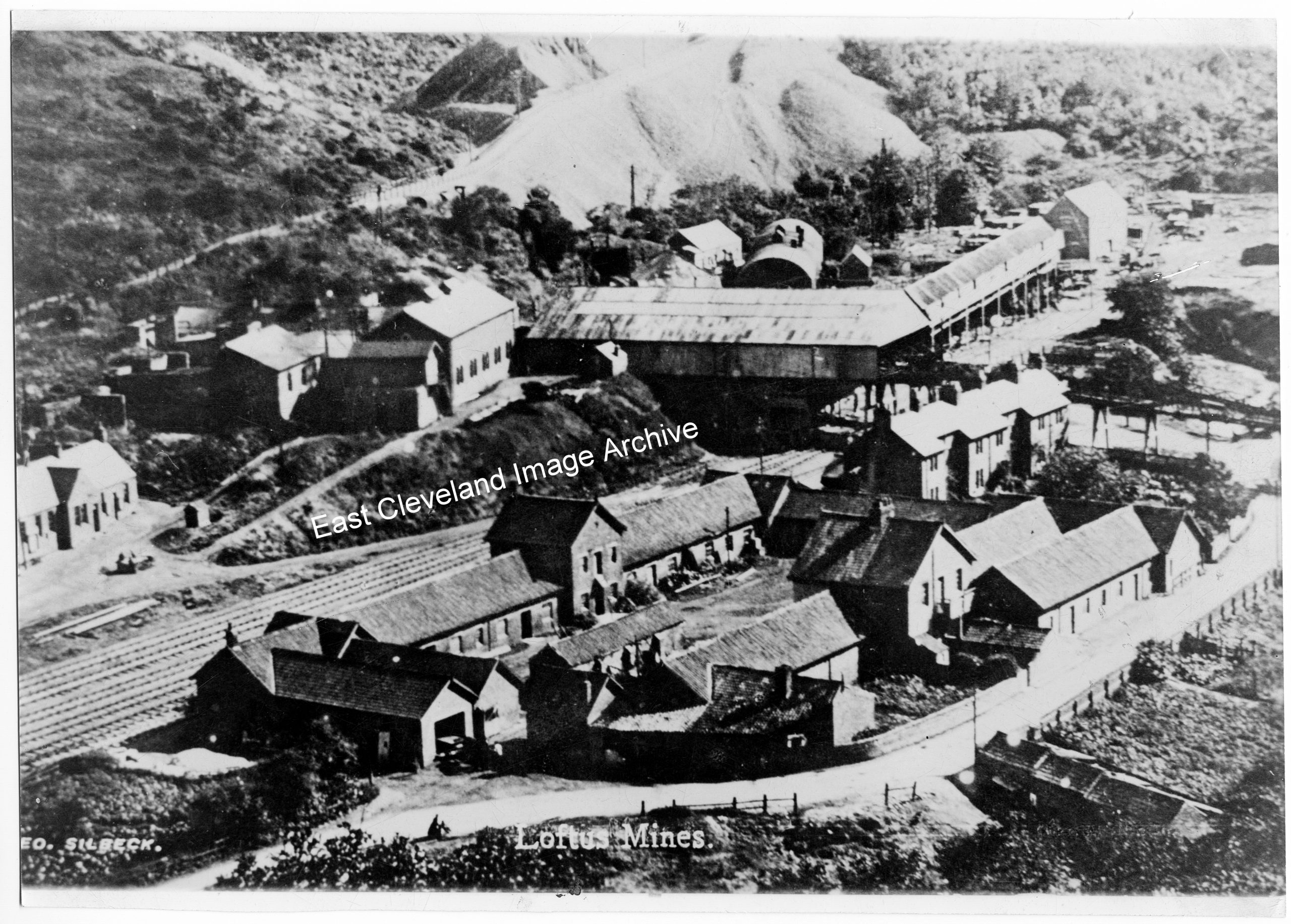
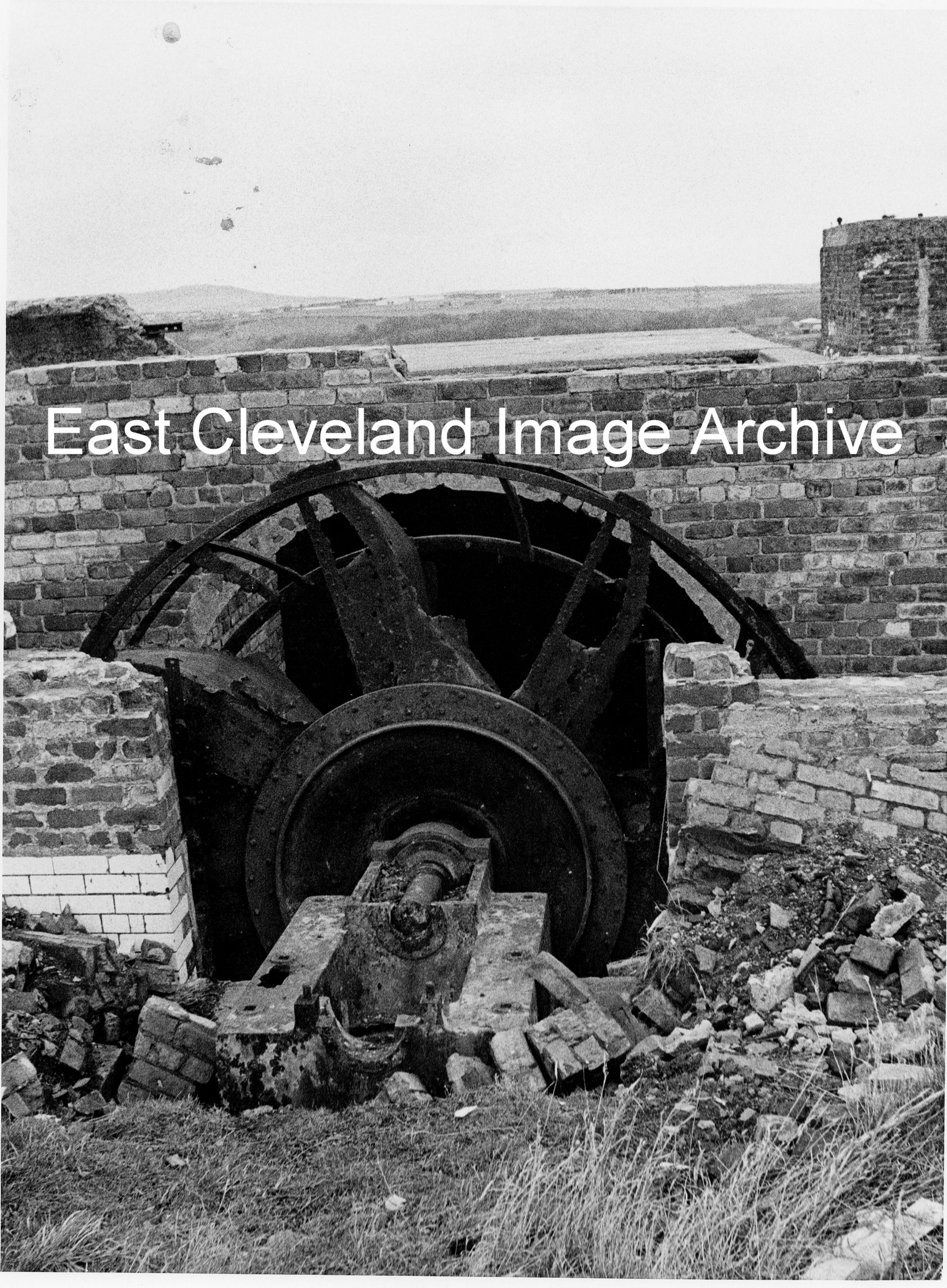
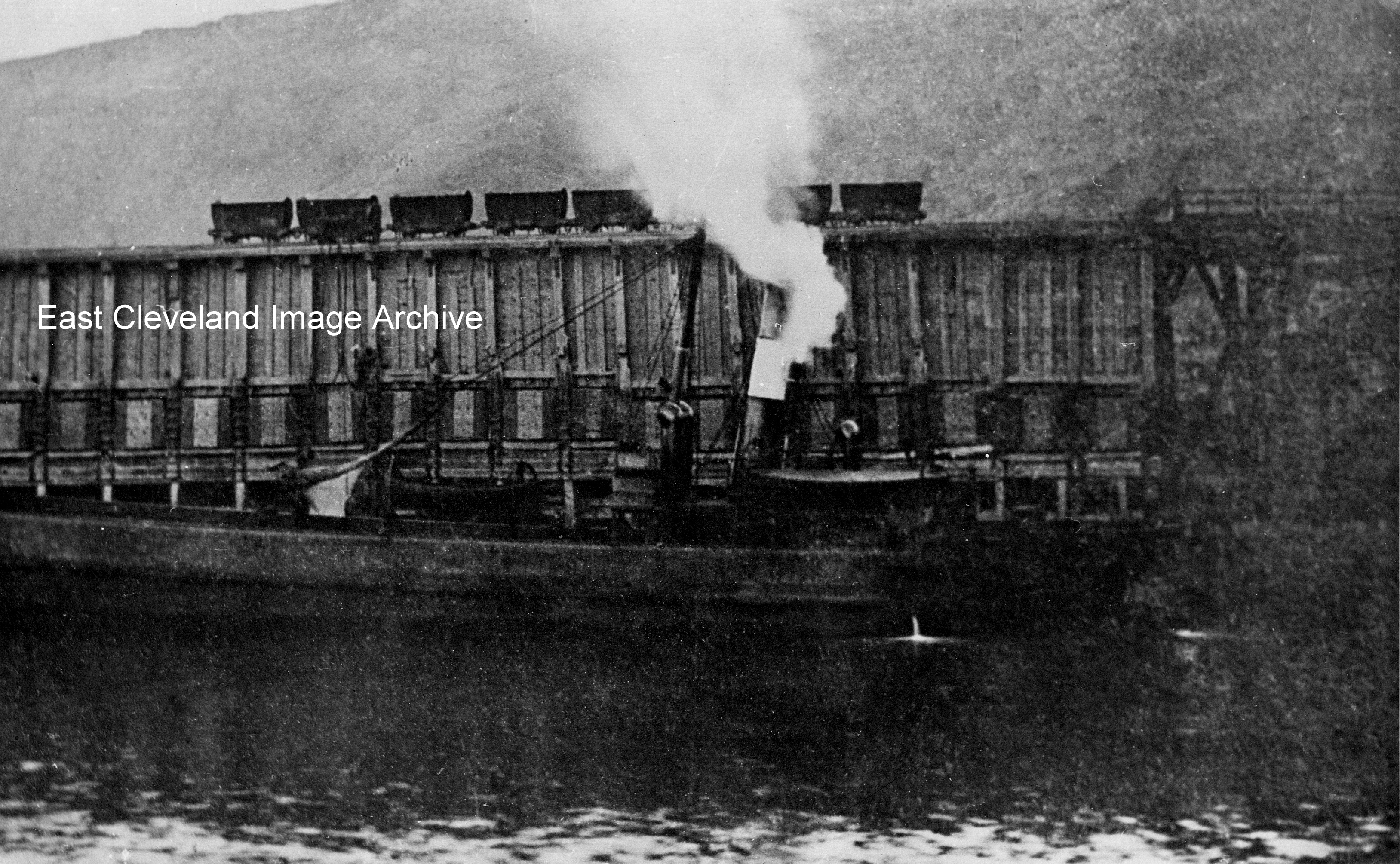
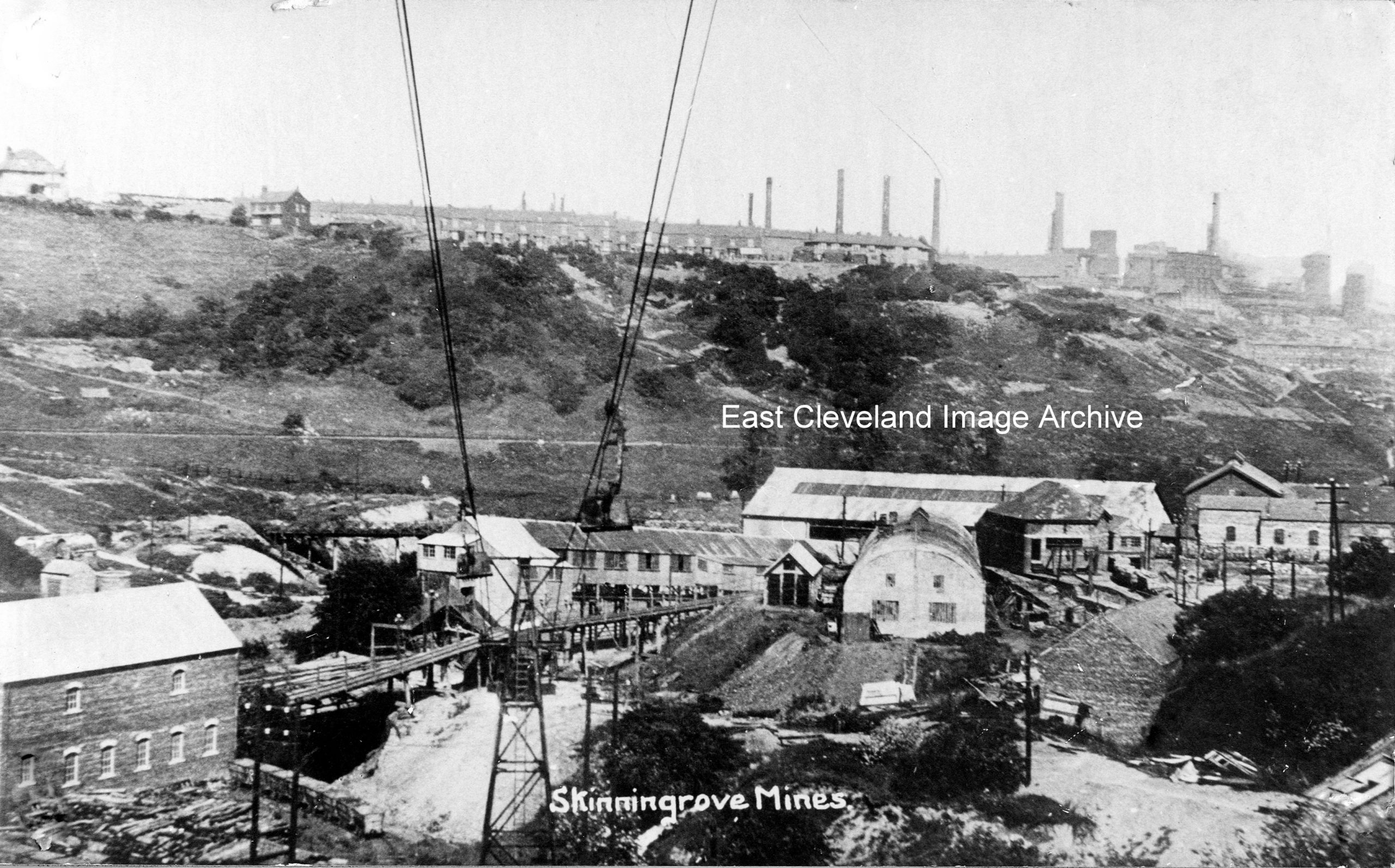
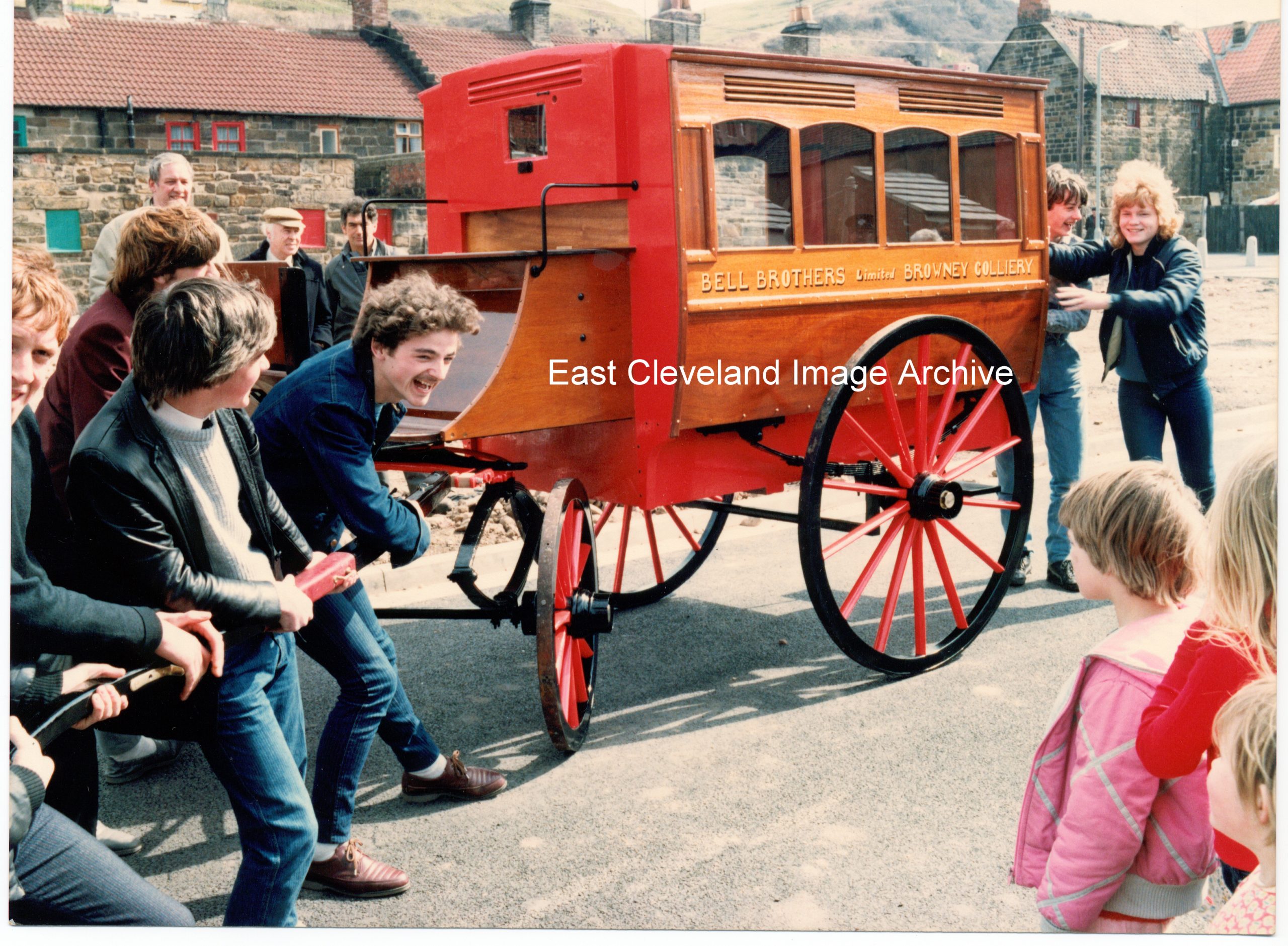
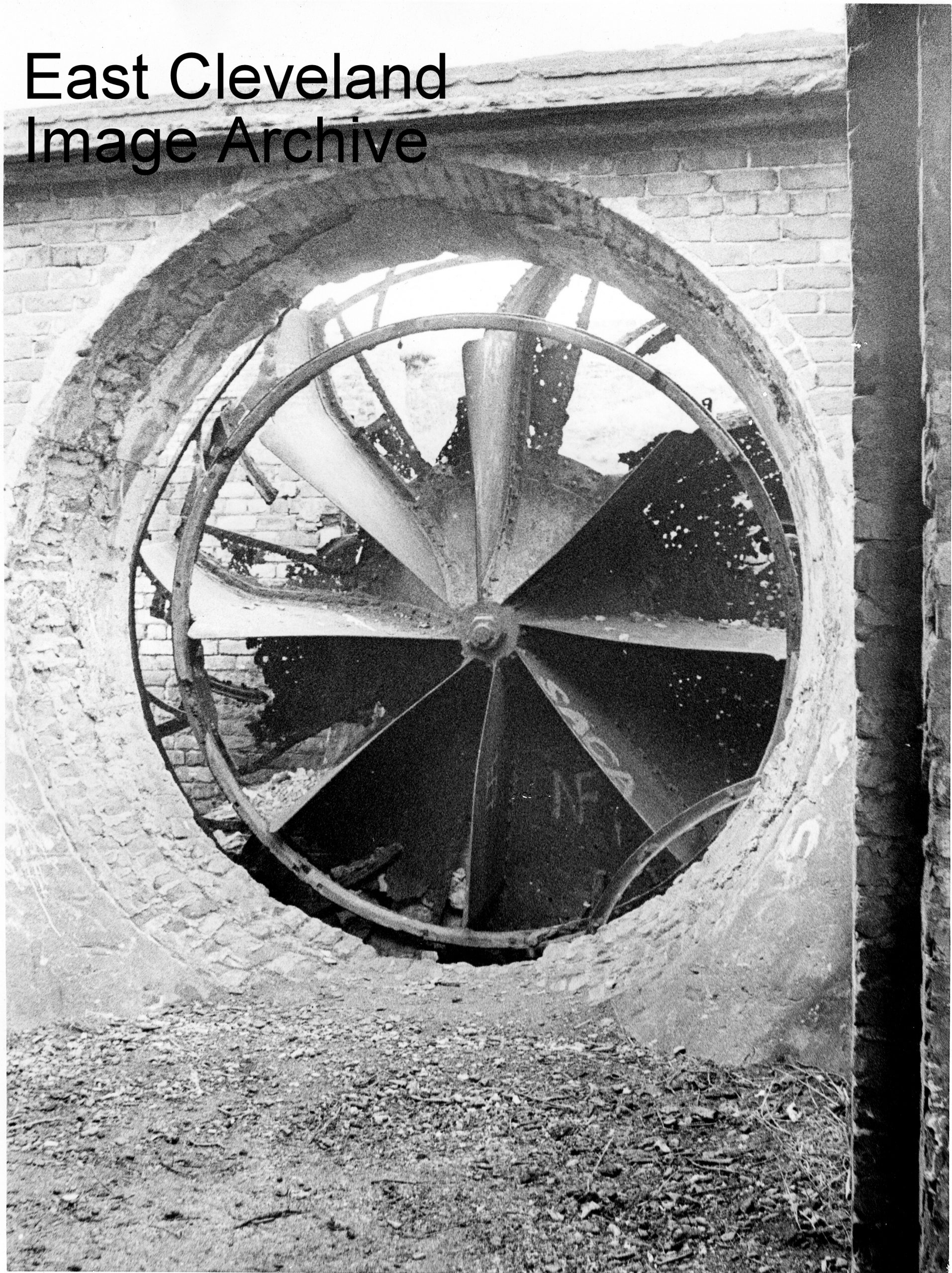
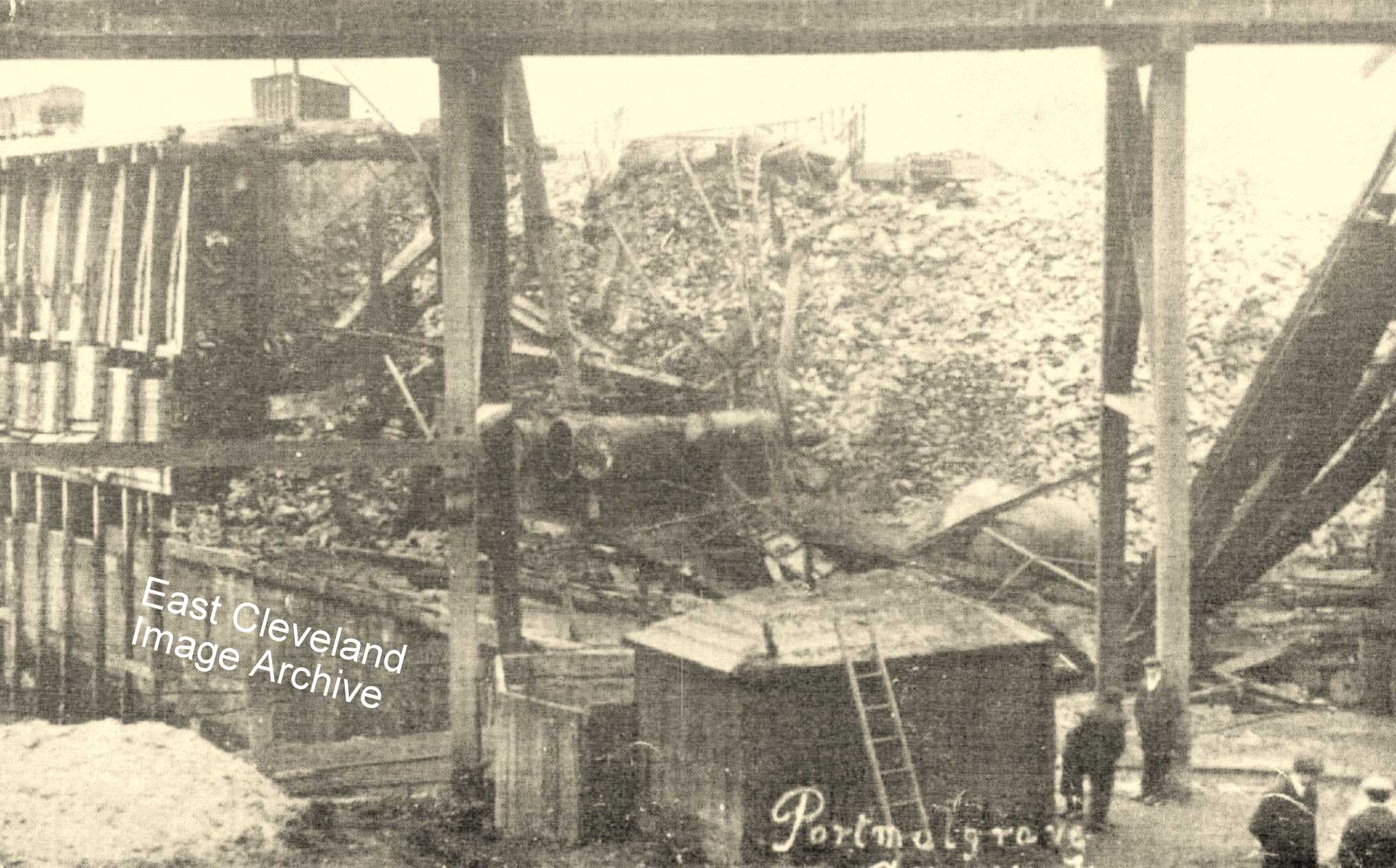
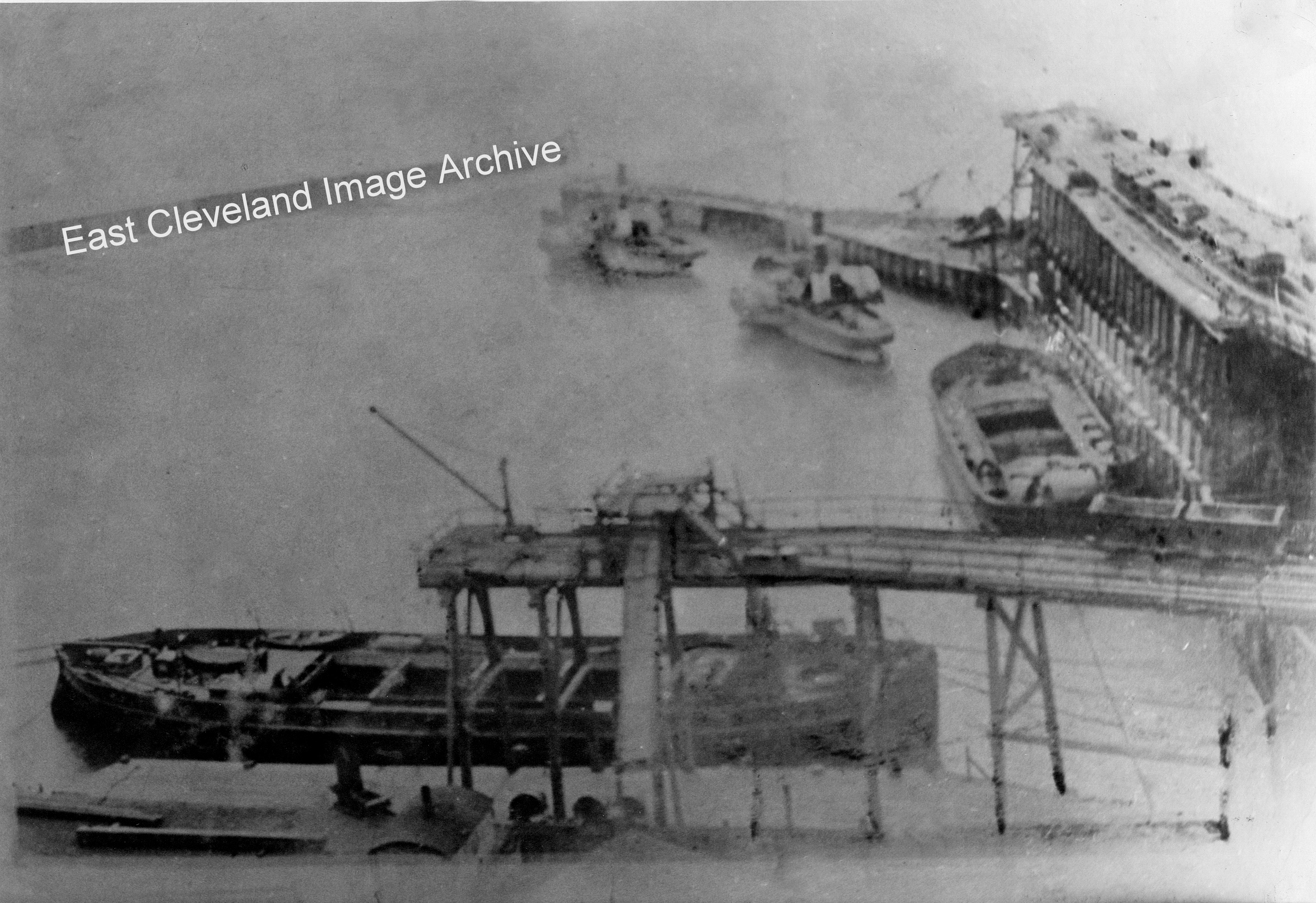
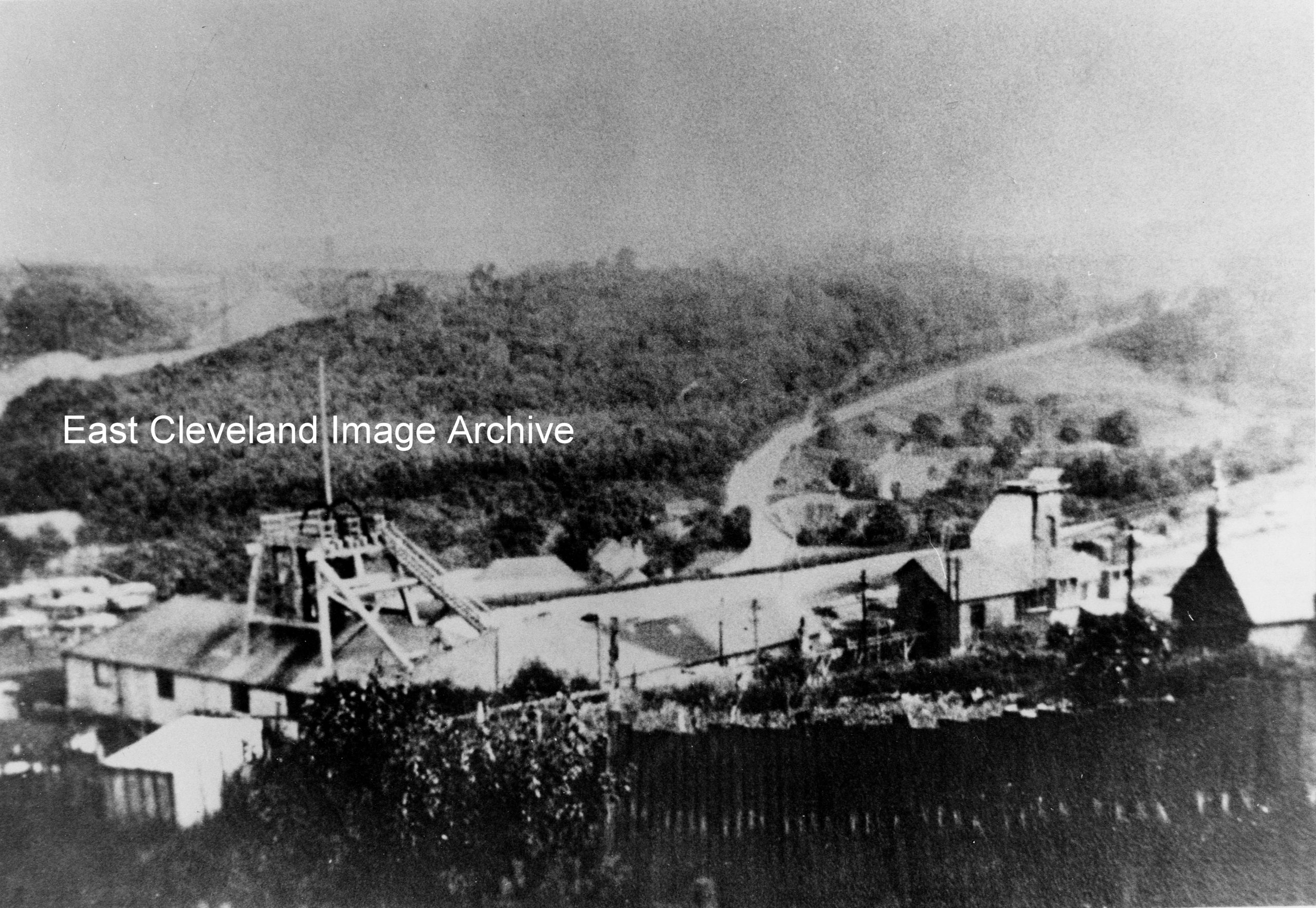
Recent Comments